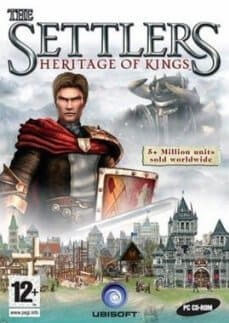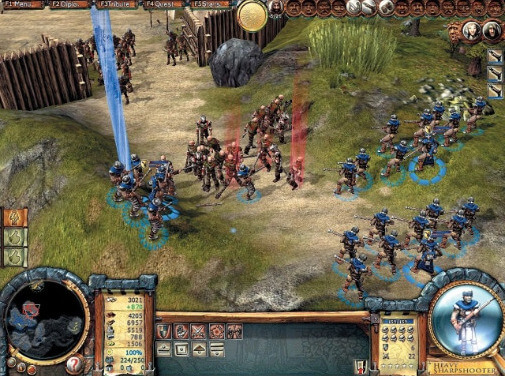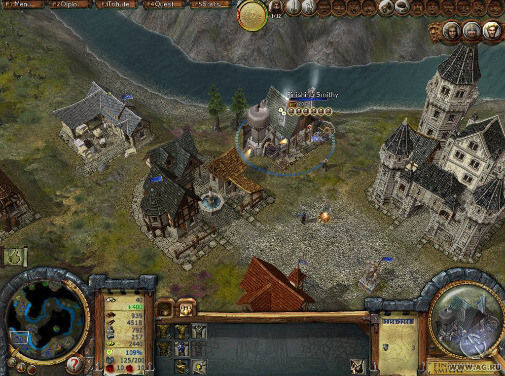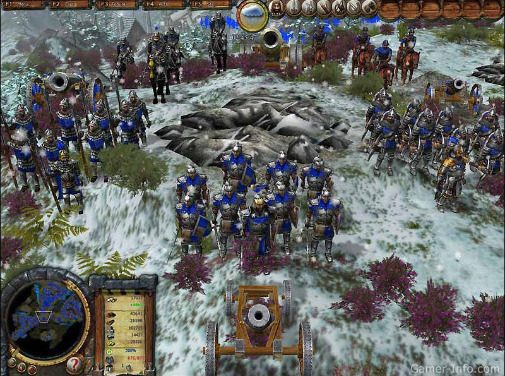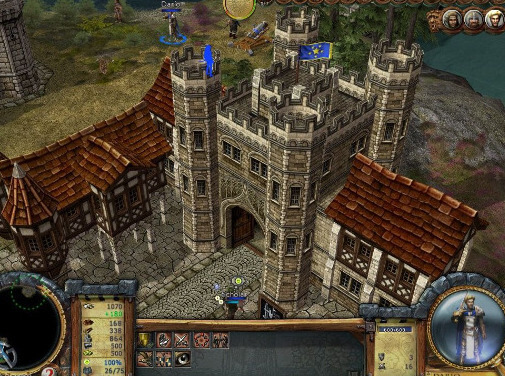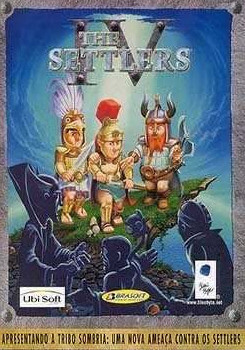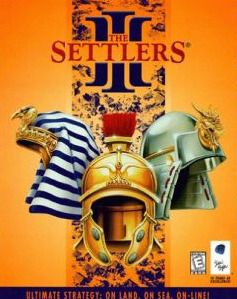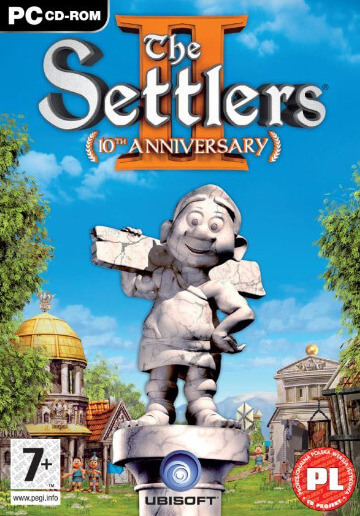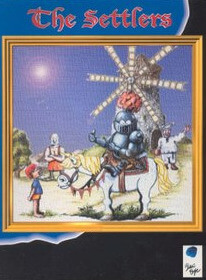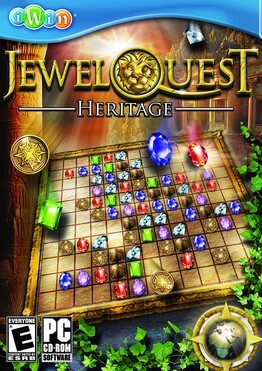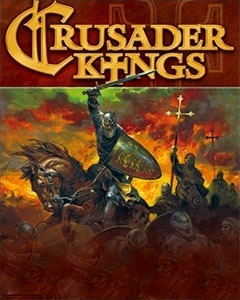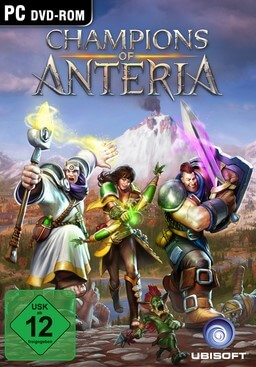Heritage of Kings received mixed reviews, with many critics arguing the graphical changes, streamlining of micromanagement, and foregrounding of combat stripped the game of the unique Settlers identity. The graphics, animations and sound effects were generally praised, but the AI, mission design, combat strategy, and slow pace were criticised. The game was a commercial success, selling over 200,000 units in Germany within the first two months of its release. By 2006, worldwide sales had reached 500,000 units, of which 350,000 were sold in the German market.
Gameplay
The Settlers: Heritage of Kings is a real-time strategy game, controlled via a point and click interface, in which the primary goal on most maps is to build a settlement with a functioning economy, producing sufficient military units so as to defeat the opponent. To achieve this end, the player must engage in economic micromanagement, construct buildings, research new technologies, manage taxation and workers' motivation, and gather resources. Although the game is loosely built around the same supply and demand-based gameplay as seen in previous Settlers titles, the game mechanics are substantially different, with less focus on micromanagement and daisy-chain economic processes, and more on gathering resources, technology trees, and combat.
Game modes
The game can be played in one of two modes; single-player or multiplayer. In single-player mode, the player can play either campaign missions or individual non-campaign games. In campaign mode, the player must complete a series of missions, the goal of most of which is to defeat the computer controlled opponent or opponents by destroying their keep. In the original release of the game, there were fifteen campaign missions. The Expansion Disc add-on added a new campaign of nine missions. The Legends Expansion Disc added three campaigns of four missions each, and one of five missions, with each campaign built around a different gameplay principal; defense, offence, defeating larger armies, and construction and resource management.
In multiplayer mode, which can be played via a LAN or online, the player picks a map on which to play, assigns starting positions, then selects the type of game to be played, choosing from "Conquest" (each player/team competes against one another, with the winner being the last player or team whose keep remains standing), "Technology Race" (the winner is the first player/team to research all technologies in the university), or "Point Game" (a one-hour game in which the player/team with the most points at the end wins, with points awarded for researching new technologies and successfully destroying buildings belonging to opposing players).
Serfs and workers
Whether playing in single-player or multiplayer mode, each game begins roughly the same way; the player is positioned at a set location on the map, with a prebuilt keep, usually in the vicinity of a site on which they can construct a village centre so as to begin their settlement. The basic gameplay revolves around serfs, the only units capable of constructing new buildings, repairing damage to pre-existing buildings, gathering wood, and extracting resources without the need to construct a mine or quarry. Each mission begins with a predetermined number of serfs already available, but thereafter, any additional serfs must be purchased from the keep. Serfs do not require lodgings, nor do they consume produce, but they also do not pay taxes. Aside from the keep, the settlement's main building is the village centre. Unlike most buildings, which the player has relative freedom to place, village centres can only be built on specific sites. The village centre determines the upper limit of the village's population size, and once this limit has been reached, the player must either upgrade the centre or find another site on which to build an additional centre.
Unlike all previous Settlers titles, in Heritage of Kings, the player can directly control serfs, such as ordering them to chop down trees in a particular location, or scout unexplored territory. If a serf is attacked, he will attempt to flee, but the player can order him to defend himself, which he will do with his fists. Players also have the option of ordering serfs to take up arms and form a militia. The player can order militia members to return to regular serf duties at any time.
Whereas in previous Settlers titles, serfs populated and performed the requisite task of each building, in Heritage of Kings, serfs are differentiated from workers. Once the serfs have constructed a building which requires workers, those workers will automatically emerge from the village centre and occupy the building. Once employed, workers will begin to pay taxes, but in return they require lodgings and room at a farm. The closer the lodgings and farm are to their workplace, the more productive they will be. Proximity of workplace, lodgings and farm will also increase their stamina (allowing them to work more hours a day). Their motivation, which determines their productivity, can be further increased by building decorative monuments and places of worship. In each building, the player also has the option to order overtime. However, this will diminish workers' motivation. Introduced in the Expansion Disc were scouts and thieves. Scouts can see for great distances, thus illuminating new territory. They are also able to indicate the direction of the nearest resource site, even if it is not currently visible on-screen, and they can drop torches anywhere on the map, allowing the player to monitor that location for a period of time even after the scout has left the area. Thieves can steal resources, sabotage enemy buildings, and are the only units capable of destroying bridges and diffusing enemy bombs.
